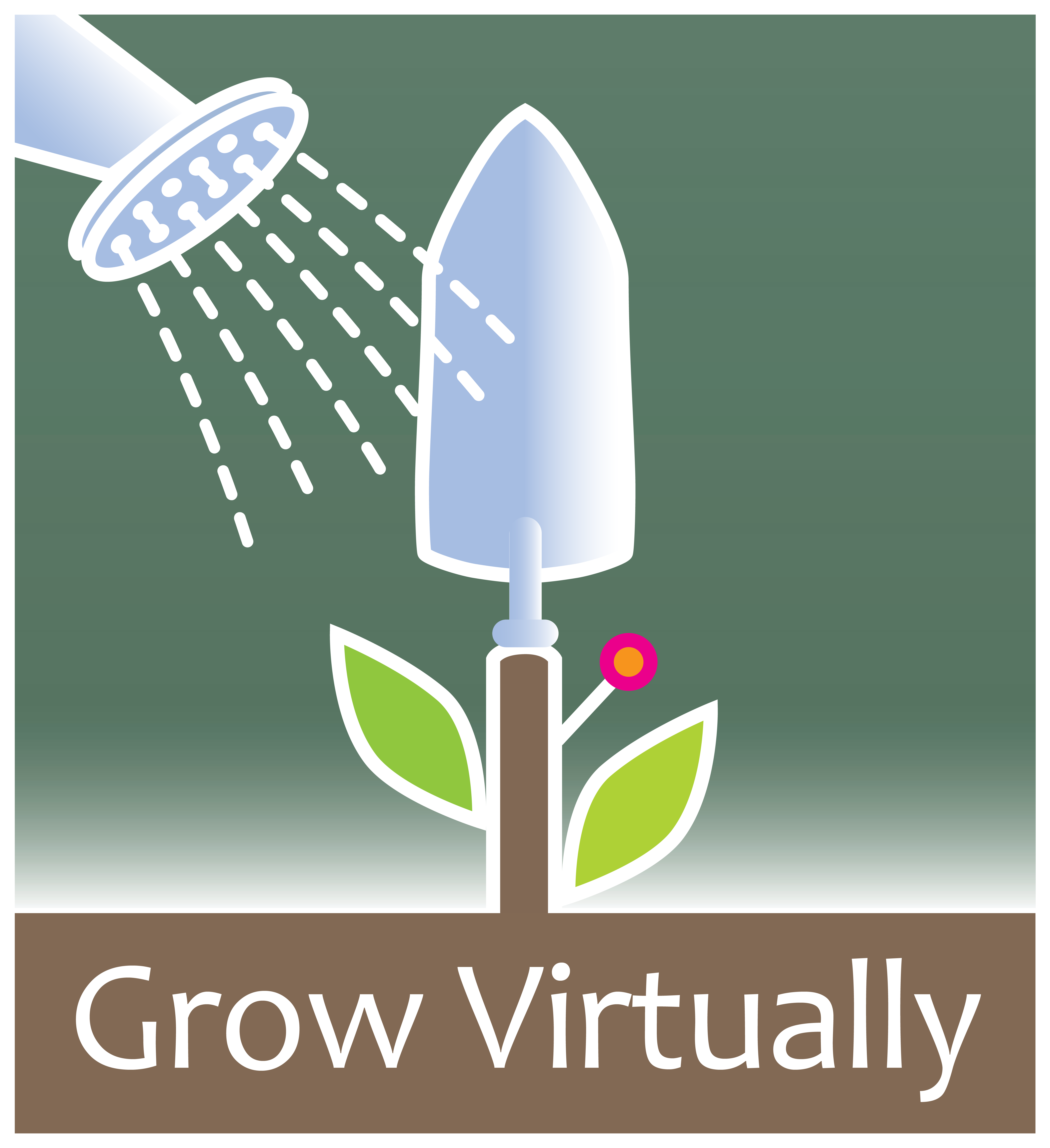
from Joy Chanin and JoAnne Newman
Links have been provided where applicable!
What phone apps are available for weed ID?
Thank you attendees for sharing your replies! The ones suggested from our audience are:
EDDMaps (invasive tracker app)
Picture This Apple app free or cost for premium+ services for iPhones and iPads only!
Plant Snap Apple only – free or cost for premium+ services
Pl@ntNet Apple, Google Play or online
Google Lens App from Google Play, works on Android phones
iNaturalist App App from Google Play works on Android phones as well
Where can you purchase horticultural vinegar?
JoAnne did a quick search – looks like you can buy online and at some “Big Box” stores. Check with your local hardware and garden supply stores as well.
Tips on using hot water as a weed killer:
Hot water and any contact herbicides need to be used ONLY on the plants that you want to kill. You must be careful with boiling water, as it will kill roots on plants like nearby desirable plants!
What is the most common weed in GA?
So many to choose from! There are thousands of “weeds” that thrive here in Georgia and conditions vary across the state and across our yards.
Soooo…. we can’t really answer your question, but here is a link to Walter Reeve’s website on weeds and you can explore for yourselves!
We will also answer the question another way – what are the most INVASIVE plants in Georgia? (Plants that take over and destroy the local ecosystem.) Top of our list are Chinese privet, English Ivy and Japanese Honeysuckle. Here is a great list from the Georgia Exotic Pest Plant Council. Pictures of many can be found by going to this link from the UGA Center for Invasive Species and go to page 24! If you have these pesty plants in your yard – remove them!
Here’s something new: In preparing for this presentation, we discovered that Georgia is now threatened with the 7th most invasive plant in the world! Cogongrass. Learn more about it HERE.

I have what I believe is privet, or Chinese privet. The birds and bees seem to like it, some bird nests. Isn’t privet invasive. Should I remove it?
YES!!!!! Chinese privet (Ligustrum Sienese) is extremely invasive in our area! As Cobb Master Gardener Becky Blades put it: Never leave privet for the birds! Here is a great article from UGA on how it grows and options for removal.
My privet with nests (NOTE: we assumed birds nests.) is blocking where I want to grow a food garden, but I don’t want to disturb pollinators. I don’t have many sunny spots to work with.
The best solution for this situation is to remove the privet when the birds have left the nest, establish your vegetable garden and surround it with native and non-invasive pollinator plants! Here is a list of great substitutes that make the birds, bees, vegetables and Mother Nature happy!

I have too much blue grass (poa annua). Other than herbicide, any ideas to remove?
Annual bluegrass can produce 2,000 seeds per plant. It is easy plant to pull if you start as soon as you see any growing. It is a winter weed which can be seen from September/October through May. Conditions that are favorable for annual bluegrass may include compacted soil, high fertility soil, moist fertile soil, poorly drained soil or too much shade. Annual bluegrass seeds can sprout as low as ½ inch above the ground. Pre and Post emergent treatment can help in controlling it.

How do you best get rid of Smilax (Greenbriar)?
The rhizomes of smilax are often found buried deep in the soil and are difficult to find and remove. This UGA publication offers several ways to rid your yard of this thorny and persistent weed! The two recommended methods are digging out the rhizome or, if not possible, cut the vine within a few inches of the ground and, while the cut is fresh and wearing gloves, paint the cut vine with a vine killer. As Becky Blades points out in her yard, it is often easiest spotted in the winter, when leaves are off the trees and the vines are seen up the trunks and among the branches (unless you literally run into it – ouch)!
Jeepers Creepers!

Creeping Jenny

Creeping Charlie
I have a yard full of robust Creeping Charlie. Thoughts?
I have creeping Charlie all over my yard, about a half acre. Is there any way to get it out besides pulling or chemical assault? I live on the Yellow River and am concerned about run off.
While hand removal is best when working around your desired plants, this weed can be treated with herbicides containing Dicamba. This article from Iowa State Extension offers a more comprehensive look at this weed and how to manage it. Just remember, we are in a warmer climate zone, so applications of any herbicide will vary. If it is taking over your lawn, best to build a healthy lawn and get this weed out of your grass!
An article found from the University of Minnesota lists the toxicity of Dicamba to plants and animals. Moral to the story: Read the LABEL and carefully follow the instructions with this or any other chemical!

I have a real problem with oxalis. I even see it sold in stores, but it is almost impossible to kill when it is within other plants.
Maybe this is why we love it in pots! As one of our participants pointed out, the plant grows from rhizomes as shown on the photo to the right. They kind of look like pineapples or pine cones. Like all weeds, you need to be sure to dig up the entire root system to assure that they won’t grow back! Continue reading or you may need the Luck o’ the Irish to be successful in kissing this plant goodbye!
What do you suggest for killing clover or a/k/a Wood Sorrel?
Wood sorrel is another name for the oxalis plant. Small plants can easily be handpicked or dug as they appear before they flower or form seed. Removal of all vegetative portions of the plant, including roots and rhizomes, is important. Rhizomes can be easily removed when soil is moist. Do not place the weeds with seeds in compost bins for reuse in the landscape. A light layer of mulch in landscape beds and around flowers and shrubs will aid in preventing further germination of oxalis seeds. The seeds require light for germination, so limiting light to the seedbed with mulch will reduce the numbers of new oxalis plants. Maintenance of healthy, dense lawns will create less space for oxalis to invade. Lawn maintenance should adhere to fertilizer and lime recommendations obtained from soil test results combined with proper mowing height and frequency requirements.
Onions in the yard??? How to get rid of them?

Wild Garlic

Chives

Wild Onion
All are members of the allium family and are similarly treated. How do you know the difference? Snip and smell. Wild garlic is particularly problematic in lawns. As you can see, they become a mass of tiny bulbs that are very stable underground and either need to be completely removed, constantly trimmed back (just to annoy them) or chemically treat. This article from UGA spells it all for you and what to do about it!
What is the best way to get rid of spotted spurge? Grows in my yard and cracks in my sidewalk constantly.
In an area that you never intend to grow desirable plants, you can use horticultural vinegar, boiled water or an herbicide. It is hard to get out the roots in concrete cracks. When it grows in your garden beds or lawn, you can try to hand pull them, but be careful to get the entire plant, root and seeds. All spurges reproduce by seed, and creeping spurge also can produce roots along the stem, creating new plants. Presence of spurge can indicate possible nematode infestation or compacted soil. When spurge is wet, the seeds will stick to things like the bottom of your shoes or animal fur. Prevent an infestation by removing the weed from your landscape before it begins to produce seed. Feed your lawn regularly and mow it at the proper height to help keep the turf full and dense to ensure that this non-competitive plant won’t have room to grow. (Sources: Clemson U; U of Maryland; U of California

I have Nandina shrubs, but I keep seeing that it’s an invasive (plant). Are there some Nandina’s that are not?
Yes, there are some that do not produce berries and therefore are less invasive. See this publication for more information. https://hgic.clemson.edu/factsheet/nandina/
Our fellow Master Gardeners weighed in on this as questions as well:
Your comment on using the Nandina berries for Christmas decorations was right on. I still have a bunch outside to cut and dispose of.
May I suggest that if you have nandina, you remove the fruits … the prettiest part!
I remove the white flowers in the spring that become the fruit. That way I know I am not risking the berries spreading; additionally, the berries have been found harmful to the birds that eat them.
Comment from JoAnne: I recently dug up some Harbor Dwarf Nandina in my yard that overgrew the space. It is sold as a groundcover and rightly so! It spread and was very difficult to dig up! I am going to plant something native in its place!
What weed do we underestimate in GA that has medicinal or other purposes that we should look at encouraging?
Great question! Beyond the typical Master Gardener curriculum! However, Green Meadows Preserve is home to the Cherokee Garden, a project of the Master Gardener Volunteers of Cobb County. It contains plants that the Native Cherokee used for both medicinal and culinary purposes. You can learn about the garden on our website or visit Project Chair Tony Harris’s website at https://mycherokeegarden.com/. Better yet, make a field trip!
Here is how some of our fellow Master Gardener’s chimed in:

American Black elderberry
Elderberry is a ‘weed’ that’s medicinal. See this article from Purdue University.
I have heard that about plantain (plantago major) for poison ivy. Here is an article from the National Institute of Health on this very subject!
(Below) Jewelweed (Impatiens capensis) will remove poison ivy oils. Yes – here is another article from the National Institute for Health – a bit scientific, but we are all life-long learners!


How do I get rid of plantain weeds?
Handpulling is most practical for small areas. To prevent plantains from invading your lawn improve the health and density of the lawn by fertilizing at the right time with the correct amount, maintaining appropriate soil pH, mowing at the correct height and watering properly. Depending on the type of lawn you have, post-emergents may be effective.. In ornamental beds, apply 2-3 inches of mulch to prevent sunlight from germinating the seeds.
Resources
- UGA Extension Bulletin 978 Weed Control in Home Lawns
- UGA Extension Bulletin 984 Mulching Vegetables
- UGA Ext Circular 1144 Weed Control Options for the Home Vegetable Garden
- UGA Extension Circular 1027-13 Weed Control
- UGA Extension Circular 1410 Alternatives to Synthetic Herbicides for Weed Management in Container Nurseries
- Center for Invasive Species and Plant Health
- University of Maryland – Vinegar – An Alternate to Glyphosate?
- University of Clemson Fact Sheet Greenbriar
- University of Georgia Pest Management Handbook for Home and Garden
- University of Georgia, Weeds of Southern Turfgrasses
